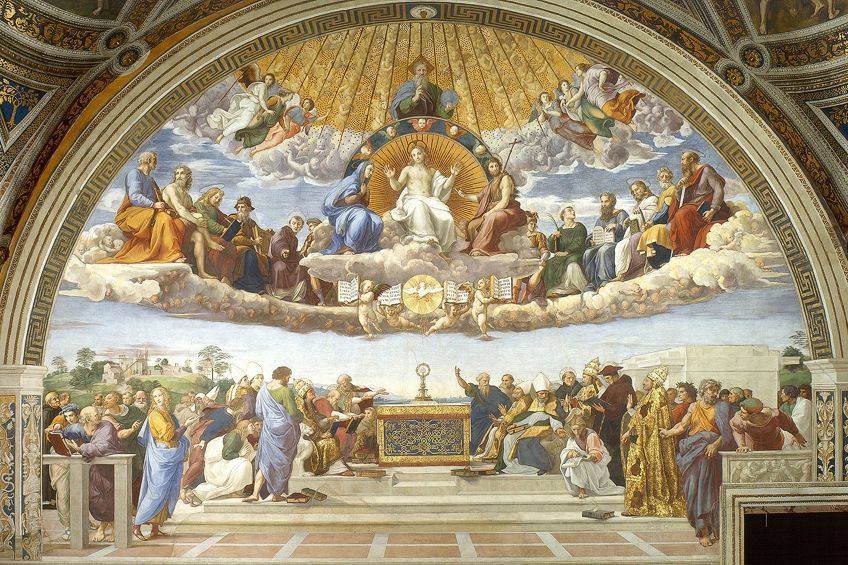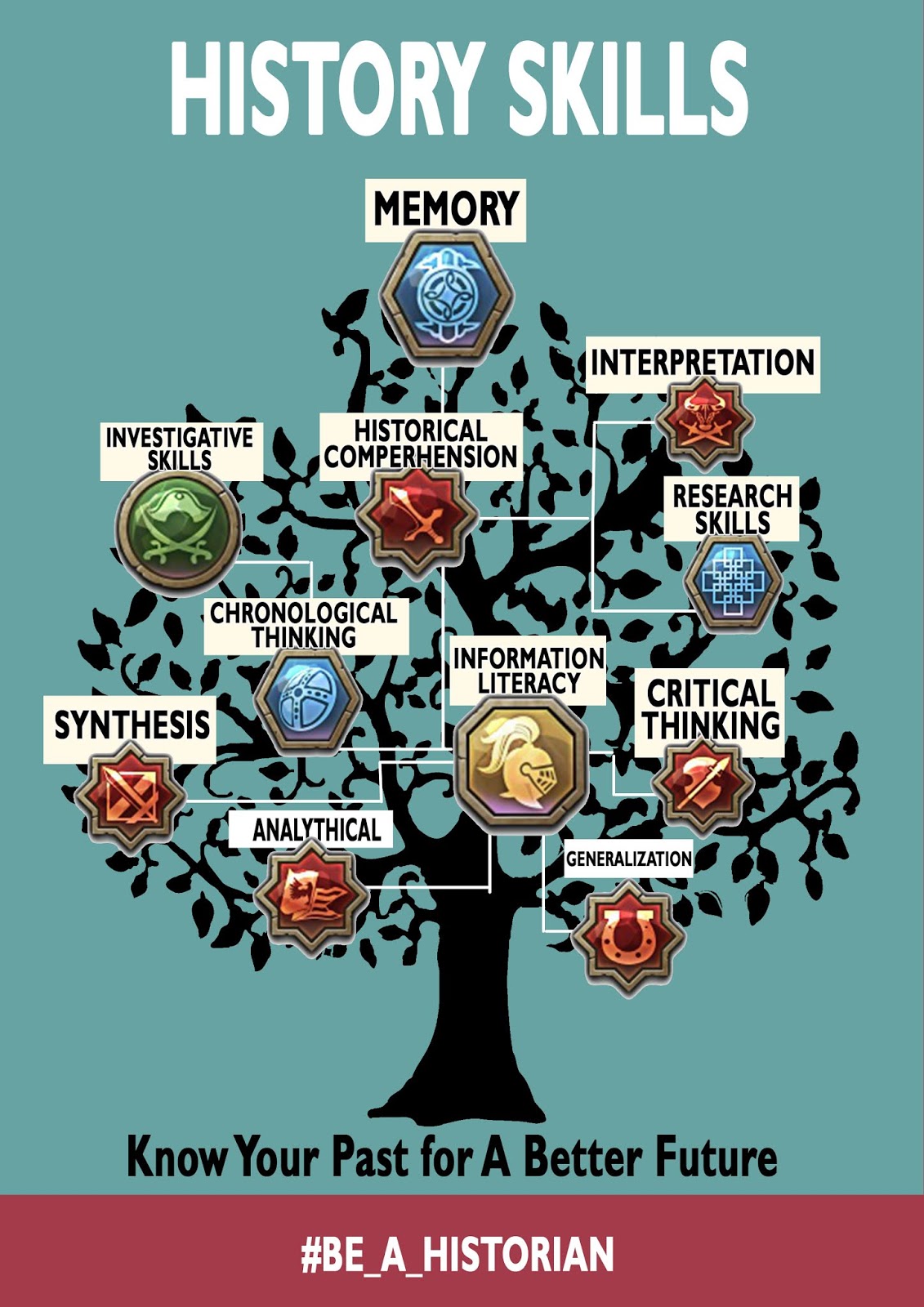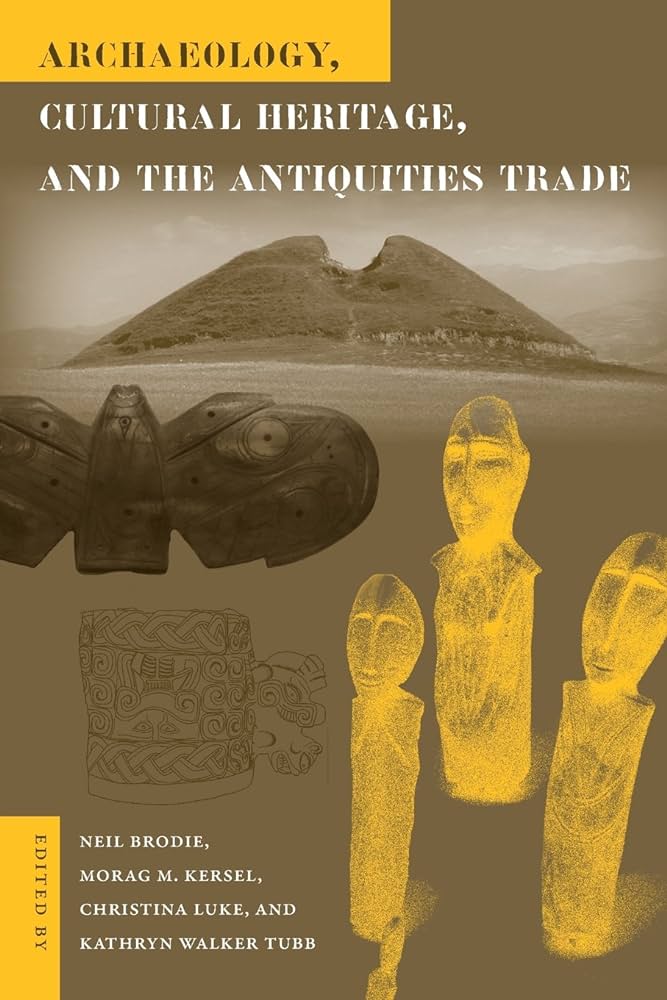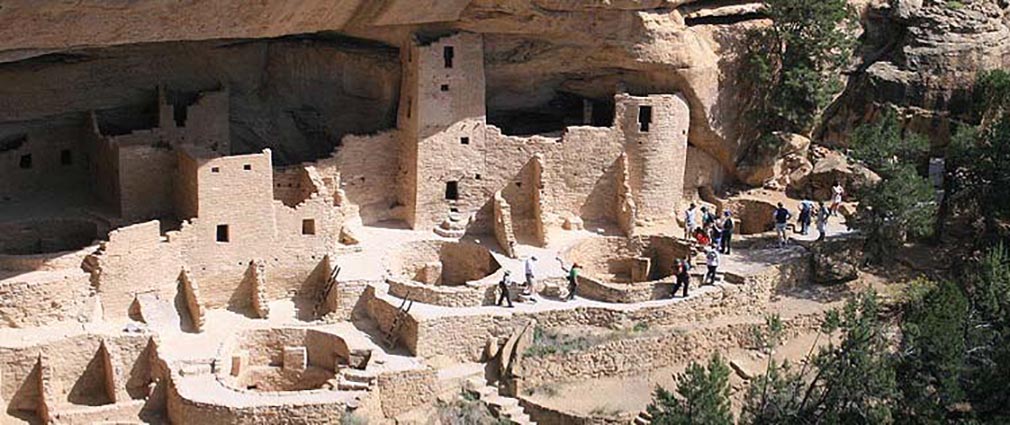The Renaissance was a period of great cultural, artistic, and scientific innovation that emerged in Europe during the 14th century and lasted until the 17th century. It is characterized by a renewed interest in the classical works of Greek and Roman literature and a flourishing of the arts, science, and humanism. This period saw a significant shift in the way people thought and expressed themselves, and it left a lasting impact on the world we live in today.
Art
One of the hallmarks of the Renaissance was the development of artistic techniques that elevated the level of realism and naturalism in artwork. The use of linear perspective and the depiction of human anatomy with greater accuracy gave artists the tools they needed to create stunning works of art. Leonardo da Vinci’s Mona Lisa is a prime example of this, with its realistic portrayal of the sitter and the use of sfumato to create a sense of atmosphere and depth.
Science
The Renaissance was also a time of groundbreaking discoveries in science and philosophy. The works of Galileo Galilei and Nicolaus Copernicus revolutionized our understanding of the universe and our place in it. Advances in medicine and anatomy led to a better understanding of the human body, and the development of the printing press made it easier to disseminate scientific knowledge to a wider audience.
Literature
The Renaissance also ushered in a new era of literature and poetry. The printing press allowed for the widespread dissemination of written works, and authors like William Shakespeare and Miguel de Cervantes produced some of the greatest works of literature in history. The focus on humanism and the individual helped to create a new genre of autobiographical works, such as Michel de Montaigne’s Essais, which explored the author’s personal experiences and reflections on life.
Innovation
The Renaissance was an era of innovation, and this was reflected in every aspect of society. The development of new artistic techniques, scientific discoveries, and literary works all contributed to a period of rapid social and intellectual change. New inventions like the compass and the telescope helped to expand global exploration and trade, while the development of double-entry accounting helped to revolutionize the world of commerce.
Conclusion
The Renaissance was a period of unprecedented cultural, artistic, and scientific innovation that had a profound and lasting impact on the world. It marked a shift from the medieval worldview to one that placed greater emphasis on humanism, individualism, and rationality. The great works of art, literature, and science produced during this period continue to inspire and educate us today, and they serve as a testament to the power of human creativity and innovation.











